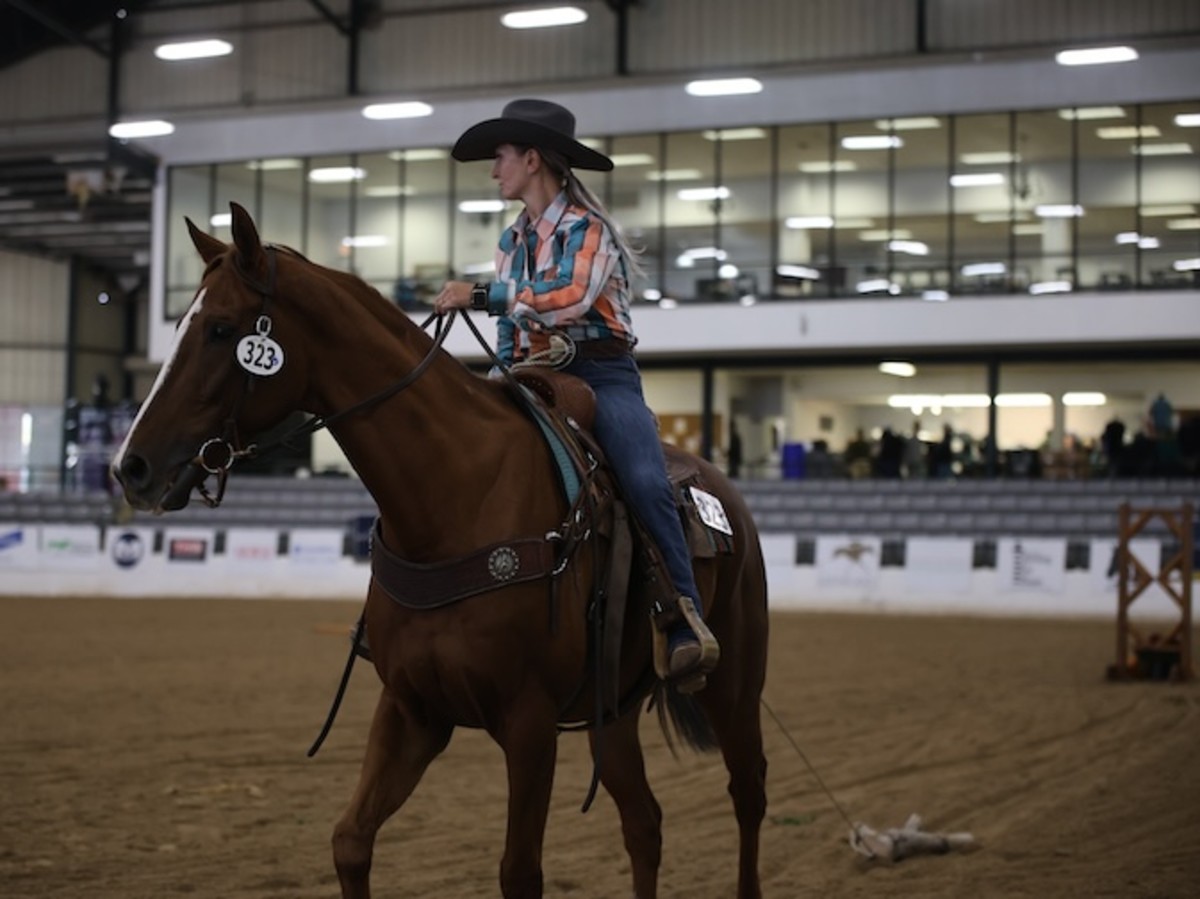The concern over safety of racehorses extends beyond major circuits in New York, Kentucky, and California that have had high profile fatalities and increased scrutiny from the public and mainstream media.
In a recent press release wrapping up its 2023 meet, Zia Park in Hobbs, N.M. – which recorded record daily average handle and record purses – included a paragraph citing a safety record that stands up well against the national average published in The Jockey Club's Equine Injury Database.
“Racing safety also set records,” the statement read, “with only two racing catastrophic injuries the entire meet resulting in a rate of 0.74 per 1,000 starters – the lowest ever recorded for Zia Park and nearly 50 percent lower than the national average for dirt races as published by The Jockey Club's Equine Injury Database. There was one training catastrophic injury during training which began Oct. 1.”
The 0.74 per 1,000 racing fatalities is 41 percent lower than the national average 1.25 fatalities per 1,000 recorded in 2022, the lowest for that measurement since data collection began in 2009.
Chris McErlean, vice president of racing for Penn Entertainment, which owns Zia Park, said multiple factors led to the reduced number of catastrophic injuries.
“This is the first year that pre-race inspections have been done on all horses/all races,” McErlean said in an email in response to a question from the Paulick Report. “It is a HISA requirement, but we also applied it to our Quarter Horse races which are not covered under HISA. We employed two association vets, plus the state had their vet on site as well, so we were able to get those inspections done daily.”
McErlean said Penn Gaming installed an accident warning system, with horns and lights, that “helped during training in getting people to pay attention when incidents occurred.”
Maintenance of the track surface also played a role, McErlean said.
“We have over the past several years been steadily improving the racing surface and equipment and while the conditions in Hobbs can be challenging, I think the track is very consistent and safe,” he said. “We have utilized resources at our other tracks to assist the team at Zia as well when needed.”
All Penn Entertainment tracks (Thoroughbred tracks include Charles Town in West Virginia, Mahoning Valley in Ohio, Penn National in Pennsylvania, and Sam Houston and Retama Park in Texas) conduct reviews on all catastrophic injuries, something McErlean said has been standard at company tracks for some time. McErlean said the review includes interviews with the horse's trainer, jockey, and attending veterinarian to look for “common denominators.”
While Penn Entertainment does not publicly disclose fatality numbers it supplies to the Equine Injury Database, McErlean said Zia Park has only had four fatal injuries since 2020 – a rate of 0.70 per 1,000, less than half the national average on dirt.
“The Quarter Horse rate has been higher over that time period,” he said, “but their numbers were equally impressive this year, so hopefully some of the cumulative changes we have been making are turning the tide there.”
Other changes detailed by McErlean: “We have scrutinized horses more in terms of stall applications and in the screening process/requirements to race, trying to weed out marginal or higher risk horses (we don't allow horses who have not raced in 18 months; no unraced maidens if older than 4, no maidens older than 5 years old, and we require additional information/sign-offs for horses off more than one year – even those that meet HISA requirements) which I think has helped; in addition, we have not permitted several horsemen who have significant prior medication violations or out-of-competition positive tests from racing at Zia and we have paid more attention to trainer transfers and 'paper trainers' and stepped in to not permit those transfers or horses to race, even if the commission previously approved them.
“It is a collective and ongoing effort between the track, commission, horsemen and participants to take more interest and responsibility in their respective areas,” McErlean said. “There is no magic formula and sometimes you can't control everything, but the results from the meet were very encouraging and we certainly hope to continue to improve but it is an ongoing challenge.”
The post A ‘Collective And Ongoing Effort’: McErlean Details Penn Entertainment’s Focus On Safety appeared first on Horse Racing News | Paulick Report.

